Readers Write 8/4/12
Submit your article of up to 500 words in length, subject to editing for clarity and brevity (please note: I run only original articles that have not appeared on any Web site or in any publication and I can’t use anything that looks like a commercial pitch). I’ll use a phony name for you unless you tell me otherwise. Thanks for sharing!
Note: the views and opinions expressed are those of the authors personally and are not necessarily representative of their current or former employers.
The Doctor Shortage Calls for Innovation
By Jonathan Bush
It was hard to read the recent sobering article in The New York Times, “Doctor Shortage Likely to Worsen with Health Law,” without picturing a lot of very smart people throwing their hands up in collective despair. Dr. G. Richard Olds, the dean of the new medical school at the University of California, Riverside, summed up the likely scenario in his part of California quite starkly: “We’ll have a 5,000-physician shortage in 10 years, no matter what anybody does.” Not exactly a rousing call to arms.
What, if anything, is to be done about this crisis in the making? In an article otherwise devoid of solutions, Dr. Olds hinted at an answer when he suggested that “changing how doctors provided care would be more important than minting new doctors.” As the article points out, the proportion of medical students going into primary care has declined over the past 15 years as PCP earnings have diverged from those of specialists. But that’s not the whole picture.
Along with low remuneration, a 2009 study of the work conditions of family and general practitioners identified adverse workflow as a major driver of dissatisfaction, with 53% reporting time pressure during exams and 48% burnt out from the chaotic work pace. The same 15 years that have witnessed PCP decline have seen PCPs take on an ever-rising burden of paperwork, a more complex billing landscape, and a dizzying array of new federal requirements and mandates. Despite these rising challenges and seismic shifts in health care, the organization of the typical medical practice looks much as it did 50 years ago.
The narrow focus of the PCP shortage debate on the need for primary care to expand to meet rising demand misses the more significant point that it needs to be redefined through innovations that improve efficiency and restore the sanctity of the physician-patient experience. Technology can, and should, play a central role in this process. Rather than add work to physicians’ plates and hindering productivity, as many electronic health records (EHR) still do, the EHR should reduce work for physicians and delegate it to other clinical staff. Delegating work and empowering clinicians to practice to the top of their licenses not only reduces costs overall, but frees physicians to be fully present with a patient when their complete attention and training is truly required.
Non-clinical, routine work that bogs down PCPs should be removed from the office entirely. Even in our digital age, vast amounts of paper still clog practices and consume valuable staff time. At athenahealth we know that, on average, providers must process more than 1,000 clinical faxes every month, not to mention the forests of paperwork associated with insurance claims and government programs. This routine work can be offloaded to others in the supply chain who can eliminate it, automate it, or execute it more efficiently at scale.
By finding new efficiencies through technology, delegating care, and moving administrative work out of the practice, primary care can not only become more financially sustainable but more attractive to new entrants. Innovation, not just expansion, is the key to success.
Jonathan Bush is CEO, president, and chairman of the board of athenahealth.
Why Device Connectivity Matters Now
By Dave Dyell
Patient data is the cornerstone of many HIT initiatives, including Meaningful Use, health information exchange, and ACOs. Behind these acronyms and initiatives, though, is the real reason to care about patient data: its ability to improve clinical decision making.
Clinical decision-making has always been fueled by information or data. That hasn’t changed. What has changed is the amount of data now available and the ease with which it can be accessed by clinicians. Access to this data is, of course, the aim of electronic records. But what populates the record? Where is the data coming from? In many cases, it’s coming from medical devices.
When devices are connected or integrated with the electronic record, the data from those devices populates the record in real time, giving clinicians access to the up-to-date and error-free patient data they need.
The ECRI Institute sought to remind us of the significance of this relationship between device connectivity and electronic records when it published its annual ECRI Institute’s Top 10 C-Suite Watch List: Hospital Technology Issues For 2012.
The report placed “Electronic Health Records: Is your hospital making all the right connections?” at the top of its list. It also proposed an antidote to this most important HIT issue of 2012: device connectivity, or device integration.
“Hospitals must develop a medical device integration plan,” the report noted. “A strategic approach with the right medical device integration connections will get your hospital moving along the optimal path for success.”
This “optimal path for success” certainly includes the achievement of Stage 2 Meaningful Use. According to the ECRI Institute, “Stage 2 certification requires hospitals to not only have the necessary IT infrastructure, but also the ability to integrate patient care device data into the electronic health record.” In particular, the threshold for electronic recording of vital signs is expected to increase from 50% of all patients in Stage 1 to 80% in Stage 2. Looking ahead, compliance will demand the integration of more than just monitors and vital signs — it will extend towards the data in all medical devices.
The report goes on to state that the successful deployment of device integration solutions should not only ensure Meaningful Use reimbursement but also “facilitate nursing workflow.” This was certainly the case at St. John’s Medical Center in Jackson, Wyoming, where vital signs integration— importing rather than hand-entering vital signs data—resulted in time savings of 60%. Not only did device integration get patient data to the record faster, it also freed up significant amounts of nursing time that could then be spent on direct care.
So why does device connectivity matter now? The answer, put one way, is Stage 2 compliance. Put another way, though, the answer is that device connectivity reduces transcription errors, improves access to data in the record, and increases direct care. “Remember,” the ECRI Institute astutely concluded in its watch list, “medical device integration and Meaningful Use ultimately aim to improve healthcare and patient safety.”
Dave Dyell is founder and CEO of iSirona.
Using the Cloud for Testing and Deployment for Hospitals and HIT companies
By Mark Olschesky
Last week I shot a quick message to Mr. HIStalk, relaying the news that Windows Azure offered to sign Business Associate Agreements (BAA) for some of their cloud deployment and storage packages.
If you’re unfamiliar, Windows Azure and Amazon Web Services are two of the largest “Cloud” service providers. Most plans are pay-as-you-go for usage and differentiate themselves from other “cloud” offerings in that they offer immediate access to computing resources when needed. Even if you’re unfamiliar with the product names, you know their customers: Azure hosts Apple’s iCloud and handles the rendering of your favorite Pixar characters, while Amazon hosts the Washington Post and your favorite outfits and recipes on Pinterest.
Entering into BAAs is an interesting move from one of the larger cloud vendors. Now covered entities can enter into an agreement with this vendor to set terms on how HHS’s Office for Civil Rights (OCR) audits and non-compliance for a patient data breach will be handled. Likely, if the data breach is their fault, the agreement should outline that they will pay the fines and investigation fees, along with cooperating with an audit. This makes it more feasible to store PHI in a responsible manner in virtual, shared remote hosting.
I say responsible, because an entity storing data in the cloud still needs to audit and restrict access to PHI just as it would with locally hosted data. If you think that salt and hash are a great breakfast combination, or the title to a Cheech and Chong beach movie, you may want to consider managed hosting. Microsoft is saying that they are accountable for informing you of access to systems and stopping people from running off with servers with your PHI in the night. This is the same expectation you should have from your other vendors and your staff for handling locally hosted PHI.
So, how can this help you? Allow me to offer an example. Your vendor just released a new version of the software that you are actively installing. Surprise — it requires three Windows servers instead of the two you purchased. You need to take this upgrade. In the past, you would have completed the paperwork to buy a new server or scrambled to find local VM space on another. This would have been passed up the chain and hopefully there was budget available. Then, your already-swamped DBAs would need to handle the installation.
There were a lot of people and moving parts in this. It took months and stopped build and testing from getting off the ground. Instead, if you signed a BAA in advance with a cloud vendor, your existing staff could spin up a VM when a server was needed and install files as necessary. It’s not for all scenarios or for production at first, but if it saves you money, time, and the ire of your project managers, you would consider it, right?
Being able to store data in the cloud with fewer worries is a major benefit to us as a startup. It allows us to keep our costs low and pass the savings along to consumers as we look for a pilot for our first product. There is a certain amount of “keeping up with the Joneses” in remote hosting, so I would bet that Amazon and some of the other major players will begin offering to sign BAAs soon. This is only good for us as consumers looking for flexible options to get HIT projects completed easily and on time.
Mark Olschesky is co-founder and CTO of Moxe Health.



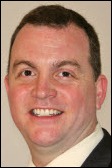

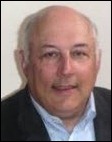

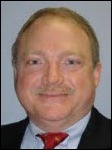


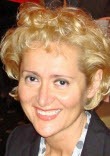
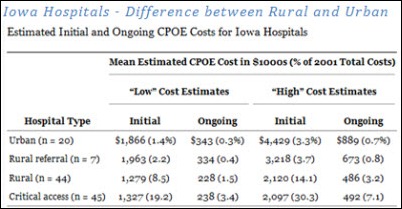
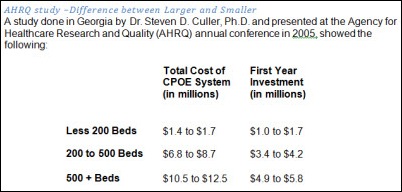

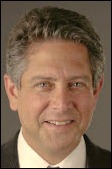
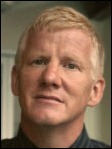







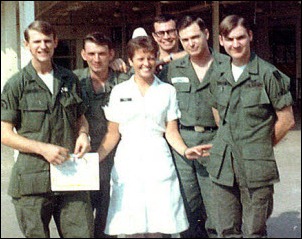



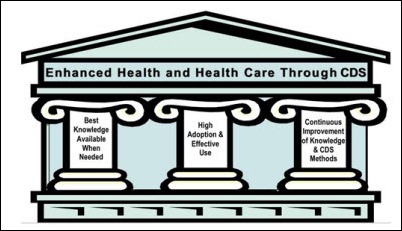



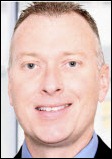
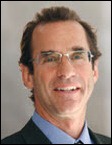


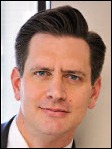
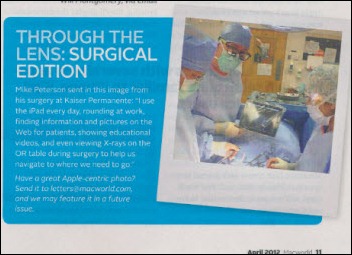
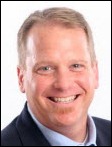
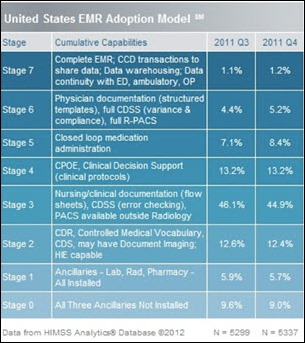
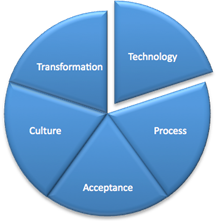

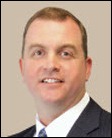
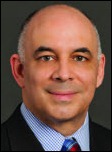


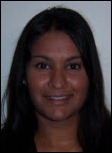
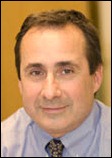

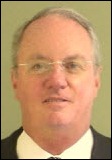
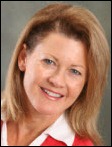

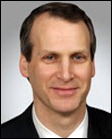
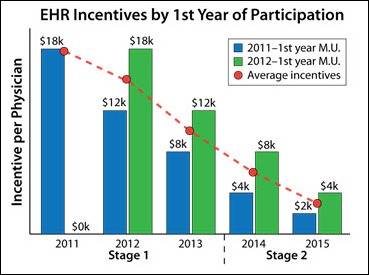
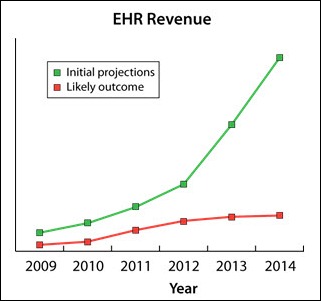
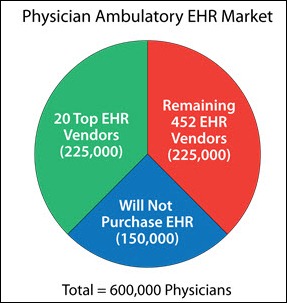
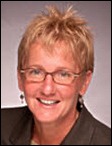
I appreciate the information you have shared via this blog. Your insights on school health IT are fascinating, and I…